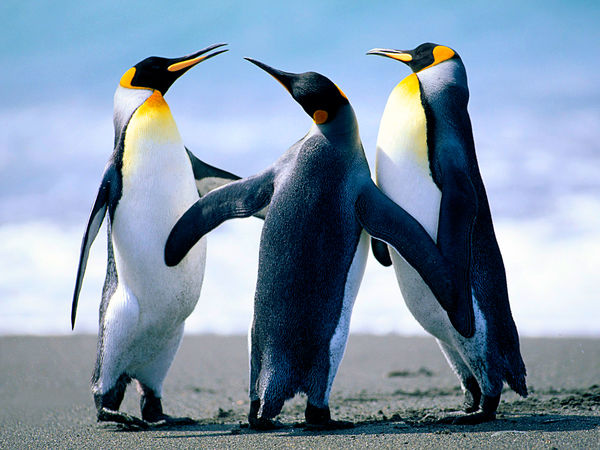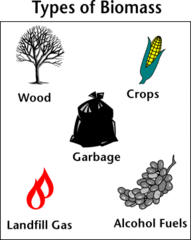Tip
Tap
a student's name
below to see what they need help with20 questions
Q.total mass of organisms in a given area or volume of an ecosystem; Organic, renewable matter that has stored sunlight that can be used as fuel .
1
30 sec
Q.group of organisms of the same species who live in the same area at the same time.
2
30 sec
Q.group of different populations living and interacting with each other in an area. A pond community contains populations of frogs, turtles, water lilies, dragon flies and fish.
3
30 sec
Q.community and its abiotic environment.
4
30 sec
Q.study of relationships between living organisms and between organisms and their environment.
5
30 sec
Q.diagram showing feeding relationships of some of a community, with arrows showing direction of the energy flow (many connected food chains)
6
30 sec
Q.level of an organism or its position in the food chain or energy pyramid, based on what it eats and what eats it.
7
30 sec
Q.one organism kills another for food. Predator eats prey.
8
30 sec
Q.organism that is able to make its own food through photosynthesis, "primary producer"; plant (opposite of heterotroph).
9
30 sec
Q.organism that can NOT make its own food- it obtains energy by feeding on autotrophs or other heterotrophs. Also called "consumer".
10
30 sec
Q.organism that lives on decaying organic material from which it obtains energy and nutrients. Causes rot. Examples are fungi, bacteria, insect, worms
11
30 sec
Q.organism designed to digest both plants and animals. Humans, pigs, bears are examples.
12
30 sec
Q.region in which
all living things are found on Earth
13
30 sec
Q.largest ecosystems with plants and animals specifically adapted to its environment, based on temperature and precipitation
14
30 sec
Q.non-living physical parts of the ecosystem such as salt, temperature, water, wind speed, sunlight, oxygen, nitrogen, carbon dioxide, etc.
15
30 sec
Q.living parts of the ecosystem and the organic matter they produce: predators, prey, plants, wastes
16
30 sec
Q.greater stability in tough conditions, more food choices, better chance of at least something surviving when change occurs
17
30 sec
Q.total number of different species in an ecosystem. Bio means life. Diversity means different.
18
30 sec
Q.the ultimate source of energy in ecosystems, provides radiant energy that plants change into chemical energy
19
30 sec
Q.2 factors that determine all biomes
20
30 sec


